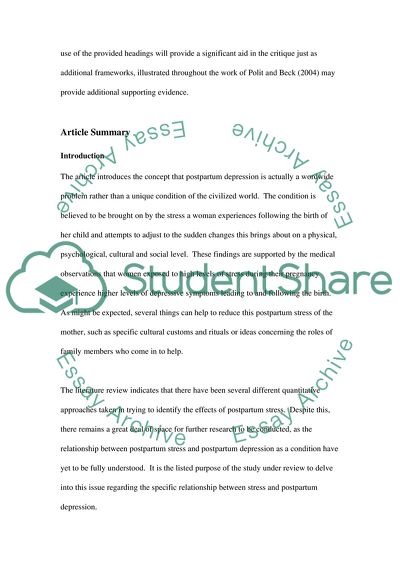Cite this document
(Stress in Women with Postpartum Depression Essay, n.d.)
Stress in Women with Postpartum Depression Essay. Retrieved from https://studentshare.org/psychology/1706323-research-essay-re-write
Stress in Women with Postpartum Depression Essay. Retrieved from https://studentshare.org/psychology/1706323-research-essay-re-write
(Stress in Women With Postpartum Depression Essay)
Stress in Women With Postpartum Depression Essay. https://studentshare.org/psychology/1706323-research-essay-re-write.
Stress in Women With Postpartum Depression Essay. https://studentshare.org/psychology/1706323-research-essay-re-write.
“Stress in Women With Postpartum Depression Essay”, n.d. https://studentshare.org/psychology/1706323-research-essay-re-write.


